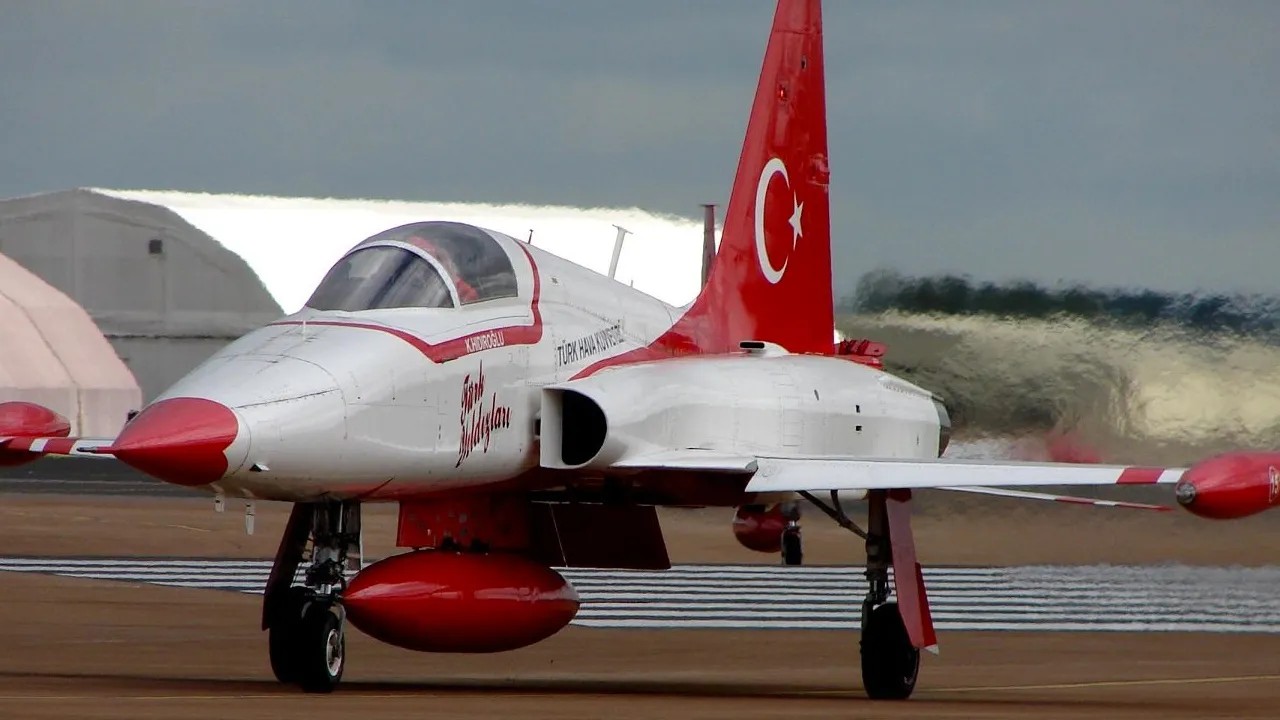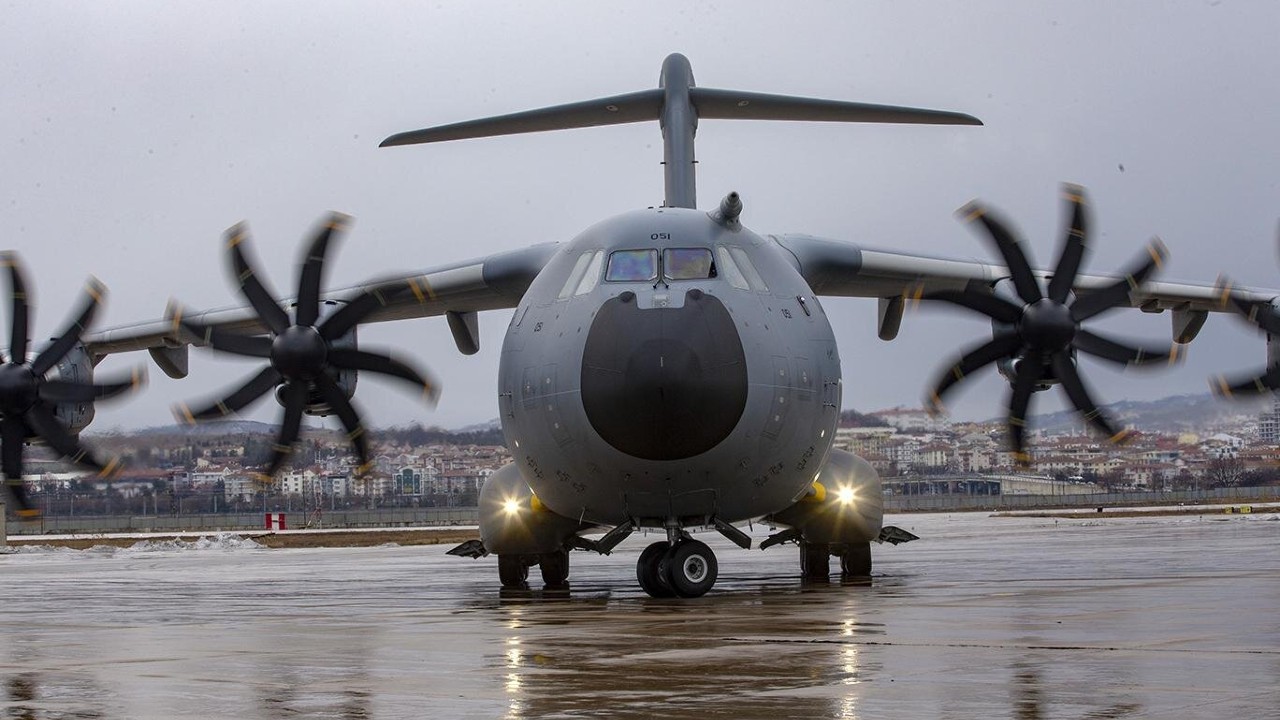Airplane designs, according to their intended use It can vary a lot. For example, if you’ve noticed, passenger planes generally have oval noses, while many military planes have pointed noses.
The purpose served by this difference can change the course of the entire flight. When you quickly learn why the technology behind aircraft You will be amazed again.
The nose difference of aircraft serves a very important purpose.
The main reason for this design difference in the nose of the aircraft is speed. Airplanes that are intended to fly slower than others more oval nose makes.
For this reason; Commercial airlines, private planes, passenger planes and recreational aircraft have more oval noses. Only one difference in nose shape How and to what extent can this affect the speed? The subject is really interesting.
Airflow is the most important element of an aircraft’s design.
Air particles resist the motion of the aircraft. We can call this ‘friction’ for short. Friction consists of two components: Friction component and pressure component. The drag component is due to the movement of air over the wing surface.
The pressure component arises from the shape of the aircraft and body panels as they interact with the air. So the greater the friction resistance to flight The bigger it gets.
The nose takes action against friction.

This friction prevents aircraft from traveling at the intended speed. by making their engines work harder causes them to use more fuel.
This is where the nose cone comes into play. As the first point of contact with the air in flight, the nose ‘cuts’ the air and makes way for the rest of the aircraft. oval noses, while keeping frictional resistance to a minimum It facilitates the smooth movement of air particles on or around the nose.
Particles in the air behave differently when they come into contact with objects moving at very high speeds.

At high speeds, air particles at a given point sometimes have little time to move out of the way before the object reaches them; sometimes there is none. The plane flies through the air thanks to its nose. creates a very high pressure followed by low pressure, creating a shock wave in the air.
An object stuck between high and low pressure areas moves towards the low pressure area. Similarly, aircraft are exposed to shock waves during flight towards low pressure areas or backwards is pushed.
These shock waves; It is produced at various points such as the nose of the aircraft, the wing tips and the tails. The decrease in the area of these regionsthe intensity of the shock wave and the friction decreases. Airplanes can therefore fly at very high speeds.
You might expect pointed noses on military aircraft, but they also have oval noses.

When we think of military aircraft, we probably all think of planes with pointed noses, like a freshly sharpened pencil. Speed is of great importance for fighter planes, and a sharp, pointed nose; without much resistance, which greatly affects the speed at which the air flows over it reach very high speeds offers.
However, this design is not valid for everyone. Not all military aircraft are designed to fly at high speeds. Transport, surveillance and weather radar aircraft For this reason, species such as these can have oval noses.
Sources: Monroe Aerospace, Science ABC, Aircraft Nerds
Now that you know the reason for nose difference in airplanes, you can also check out other curious topics about airplanes:
Follow Webtekno on Threads and don’t miss the news
Here are the unmissable discounts we’ve picked for you in Hepsiburada Legendary November!
















